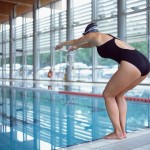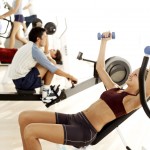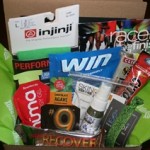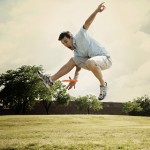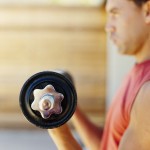 Snowed in? Pouring rain? Sub-freezing temps? Weather-proof your workout with these take anywhere moves.
Snowed in? Pouring rain? Sub-freezing temps? Weather-proof your workout with these take anywhere moves.
This 12 minute workout can be done anywhere. Complete 1-3 rounds.
Always consult your physician before beginning an exercise program. If you’re unsure of proper form, seek assistance from a Fitness Professional. The following is for those without injury of illness concerns. Perform exercises at your own risk.
Beginning Exercisers: Do each exercise for 30 seconds/30 seconds rest
Intermediate Exercisers: Do each exercise for 40 seconds/20 seconds rest
Advanced Exercisers: Do each exercise for 50 seconds/10 seconds rest
Jumping Jacks
Alternating Reverse Lunges
Tricep Dips
Pushups with Shoulder Taps
Bicycle Crunches
Jump Squats
Alternating Side Lunges
Mountain Climbers
Squats
Plank on Elbows
Tera Busker is an ACE Certified Personal Trainer and owner of Fitness To Go, an exclusive In Home & Private Studio Personal Training Service based out of Roberts, WI. www.fitnesstogo.net
 Subscribe
Subscribe